|
The OP
Published on 2020-5-17 20:44
Only look at the author
This post is from RF/Wirelessly
| ||
|
|
||
Visited sections |
- 【Posts】RF coaxial connector
- 【Posts】RF microwave coaxial connector selection reference document,
- 【Posts】Dear masters, does anyone have the interface dimensions of the LC RF coaxial connector? I need it urgently. Thank you!
- 【Posts】Common RF coaxial connectors
- 【Posts】RF PCB Design Issues
- 【Posts】Please tell me, what is the distortion of the RF power amplifier pulse waveform?
- 【Posts】[Analysis of College Students' Electronic Competition Topic] - 2023 National Competition Topic B "Coaxial Cable Length and Terminal Load Detection Device"
- 【Posts】Are RF engineers becoming more and more popular?
- 【Download】RF for Dummies Part 11: Making Cable Connector J301
- 【Download】Free Selection Guide for Various RF Connectors
- 【Download】RF coaxial connector series (20170621113231).pdf
- 【Download】Inter-series transfer RF coaxial connector.pdf
- 【Download】HFSS RF simulation design examples - Xu Xingfu
- 【Download】Wireless transmission-RF schematic.pdf
- 【Download】Practical RF Technology Handbook
- 【Download】Radio Frequency Circuit Design: Theory and Applications 2nd Edition
- 【Design】Trimension? SR040 UWB module with built-in RF connector: ASMOP1CO0R1
- 【Design】Huawei RF Basic Knowledge Training
- 【Design】ERASynthMicro: USB powered, portable, open source, RF signal generator, supports 12.5MHz - 6.4GHz
- 【Design】Lichuang Panel Printing | RF 433 315 RF Gateway Box
- 【Design】[Infrared-RF] conversion module - suitable for Xiaoai speaker pro and other speakers with infrared function
- 【Design】WiFi RF switch
- 【Circuits】RF (Radio Frequency) Bridge for Coaxial Cable
- 【Circuits】RF2942 I/Q 915 MHz Transmitter
- 【Circuits】915MHz RF amplifier circuit composed of RF2103P
- 【Circuits】GPS RF front-end circuit composed of MX2740
- 【Circuits】Common RF receiving circuit design for toys (3 high-frequency parts)
- 【Circuits】RF2948B QPSK 2.4 GHz Spread Spectrum Transceiver
- 【Articles】Würth Elektronik expands coaxial connector product range with ultra-miniature RF coaxial connectors
- 【Articles】Coaxial converter principle and broadband matching design of RF power amplifier
- 【Articles】Design of coaxial rectangular waveguide converter with SMA connector at high frequency
- 【Articles】Design of coaxial rectangular waveguide converter with SMA connector at high frequency
- 【Articles】Advantages of using a differential-to-single-ended RF amplifier in a transmit signal chain design
- 【Articles】Automotive-grade high-precision GNSS RF-SoC chip KT5030A | Kaixin Technology confirms application for the 2024 Golden Collection Award·Most Valuable Growth Award
- RF microwave coaxial connector selection reference document,
-
Dear masters, does anyone have the interface dimensions of the LC RF coaxial connector? I need it urgently. Thank you!
Dearmasters,doesanyonehavetheinterfacedimensionsoftheLCRFcoaxialconnectorThankyou!
-
Laser communication technology needs detailed explanation
IamnewtotheopticalcommunicationindustryIcanonlystartfromthegeneraldirectionThankyouverymuch.
- Analysis of the pre-charging control principle of new energy vehicles
- I was deducted money for the wrong picture
- Three-port network
- RSL10 drives ink screen
- GoKit Case Study: Gizwits IoT Development Platform’s Pet House Transformed into an Air Quality Detector
- Embedded licensing: why not and why not?
- I found a 1963 "Electron Tube Handbook"
EEWorld Datasheet Technical Support
-
Qualcomm launches its first RISC-V architecture programmable connectivity module QCC74xM, supporting Wi-Fi 6 and other protocols
On November 14, Qualcomm announced the launch of two connectivity modules, QCC74xM and QCC730M, f
-
It is reported that memory manufacturers are considering using flux-free bonding for HBM4 to further reduce the gap between layers
On November 14, according to Korean media ETNews, Samsung Electronics, SK Hynix, and Micron are a
-
ON Semiconductor CEO Appears at Munich Electronica Show and Launches Treo Platform
During Electronica, ON Semiconductor CEO Hassane El-Khoury was interviewed by Power Electronics N
- AMD launches second-generation Versal Premium series: FPGA industry's first to support CXL 3.1 and PCIe Gen 6
- SEMI: Global silicon wafer shipment area increased by 6.8% year-on-year and 5.9% month-on-month in 2024Q3
- TSMC's 5nm and 3nm supply reaches "100% utilization" showing its dominance in the market
- LG Display successfully develops world's first stretchable display that can be expanded by 50%
- Seizing the Opportunities in the Chinese Application Market: NI's Challenges and Answers
- New diaphragm-free solid-state lithium battery technology is launched: the distance between the positive and negative electrodes is less than 0.000001 meters
- Photoresist giant JSR Korea EUV MOR photoresist production base started construction, expected to be put into production in 2026
- Problems with STM32 and passive buzzer playing sound
- Embedded Tutorial_DSP Technology_DSP Experiment Box Operation Tutorial: 2-28 Building a Lightweight WEB Server Experiment
- OPA847IDBVR op amp domestic replacement
- AG32VF407 Test UART
- [Digi-Key Follow Me Issue 2] Chapter 1: Sharing on receiving the goods
- What model is this infrared receiver? Which model can be used instead? Thank you
- Selling brand new unopened ZYNQ 7Z020 FPGA core board
- The LORA module used in the lithium battery-powered water meter setting can save energy when 100 water meters are installed in one corridor.
- I would like to ask, when a port is set to RX0, is it necessary to set the input and output direction of this port?
- Why is this year so difficult? It’s even more difficult than during the pandemic. I’m 30 and facing unemployment. I’m so confused.
- Ask about the voltage regulator test question
- [Xiaohua HC32F448 Review] About Xiaohua Semiconductor's UART interrupt sending and PRINTF construction and redirection
- 【BIGTREETECH PI development board】 HDMI output test
- 【BIGTREETECH PI development board】+08. Audio test (zmj)
- [Xiaohua HC32F448 Review] +RTC electronic clock
- # STM32H7S78-DK Development Kit Three-week Review: Implementation and Analysis of Simple Sound Collection and Storage Using SD Card Reading and Writing
- [STM32H7R/S] Review⑧ nano edge ai studio training a model--Part 1
- [2024 DigiKey Creative Competition] A "fortune-telling" artifact based on Raspberry Pi
- New energy vehicle on-board AC slow charging and maintenance
- Embedded Engineer AI Challenge Camp (Advanced): Deploy InsightFace algorithm on RV1106 for real-time face recognition of multiple people
- I want to make a self-driving car. I saw one on Bilibili that costs 300 yuan. I am hesitant.
- [K230 Embedded AI Development Board Review] + License Plate Recognition and Billing Management
- How to deploy LVGL free graphics library on low-cost ARM platform, based on Allwinner T113-i
- Please help me analyze the reasons why EMI fails.
- ChatTTS is really awesome!



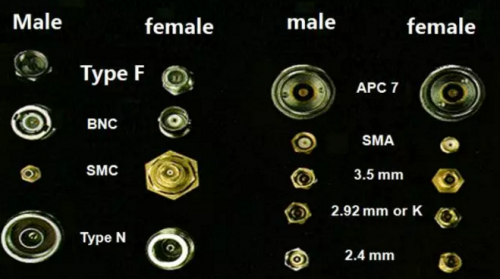

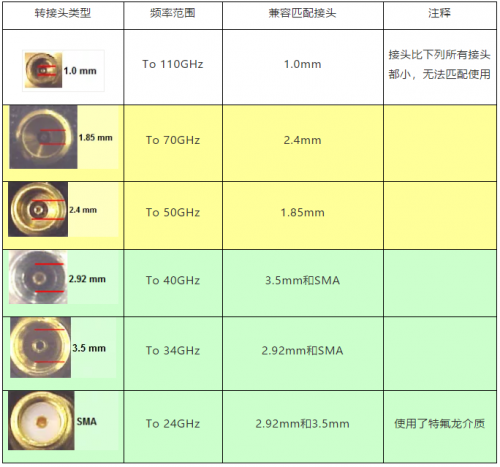

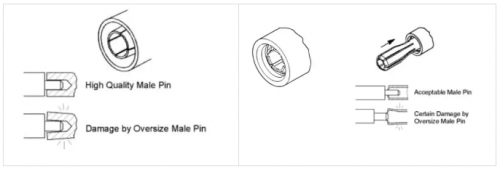
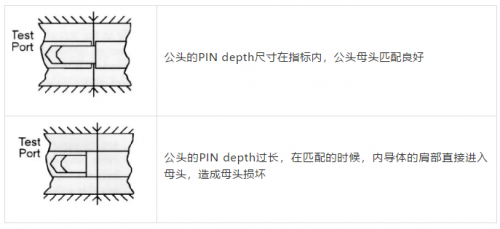

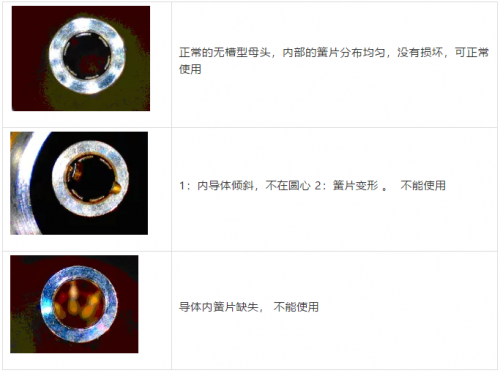
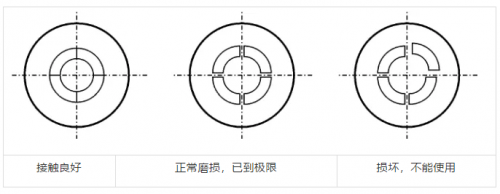

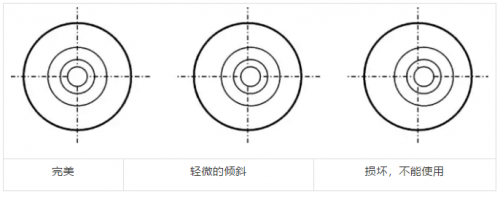

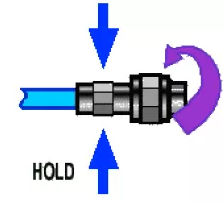
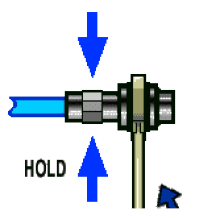
 提升卡
提升卡 变色卡
变色卡 千斤顶
千斤顶